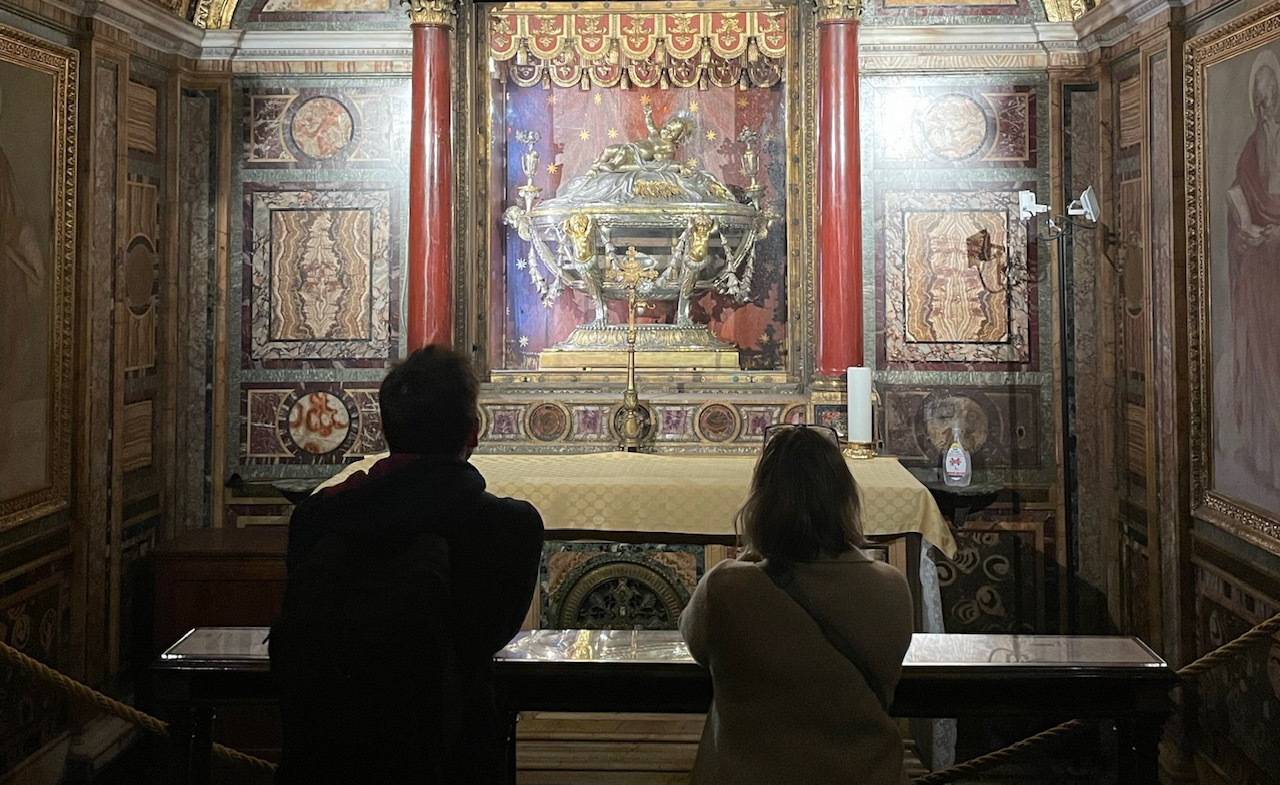
For centuries, people from diverse religious backgrounds have venerated relics of saints, attributing them with immense spiritual significance and healing powers. These sacred objects, often preserved from the remains of holy individuals, hold a profound place in the hearts of believers. The veneration of relics is rooted in various religious traditions, including Christianity, Buddhism, Islam, and Hinduism, among others. Although practices may differ across cultures and religions, the underlying reasons for the veneration of these relics remain remarkably similar.
Spiritual Connection:
One of the primary reasons people venerate relics of saints is to establish a deeper spiritual connection with the divine. Saints are revered for their virtuous lives, selfless service, and unwavering faith. By associating with their relics, believers seek to draw closer to these exemplars of faith, hoping to be inspired and influenced by their spirituality and moral character. Relics serve as tangible reminders of the saint's life and teachings, making the intangible more accessible and relatable to the faithful.
Miracles and Healing:
Relics are often attributed with miraculous powers, with numerous accounts of healing and other extraordinary events associated with their presence. These perceived miracles reinforce the belief in the power of the divine through the intercession of the saint. The faithful often pray for their ailments to be cured or their troubles to be alleviated in the presence of these relics, believing in the saint's ability to intercede on their behalf before the divine.
Continuity of Faith:
Veneration of relics also fosters a sense of continuity in faith and history. Many relics have been preserved for centuries, passing through generations and bearing witness to the enduring nature of religious traditions. They serve as a tangible link to the past, connecting contemporary believers with the legacy of their faith's early adherents. The act of venerating relics becomes an acknowledgment of the rich historical heritage that shapes religious practices and beliefs today.
Communal Identity and Unity:
The veneration of relics often transcends individual spirituality, playing a crucial role in fostering communal identity and unity. Shared reverence for a saint's relic brings people together, creating a sense of community and shared purpose. Communities often organize religious festivals and pilgrimages centered around the veneration of relics, strengthening the bonds among believers and reinforcing the collective faith.
Symbolic Representation of Faith:
Relics symbolize the eternal nature of faith beyond mortal life. They represent the belief in an afterlife, where the essence of the saint's presence endures. This belief imparts hope and comfort to the faithful, reaffirming that even in death, the saint's influence continues to guide and bless their lives.
In conclusion, the veneration of relics of saints holds profound spiritual and symbolic significance for millions of believers worldwide. These sacred objects bridge the gap between the human and the divine, providing a tangible connection to the virtuous lives of holy individuals and their eternal impact on the faithful. While cultural and religious practices may vary, the underlying reasons for venerating relics remain a testament to the enduring power of faith, community, and the human spirit's quest for transcendence.





 Поменять язык на русский
Поменять язык на русский 